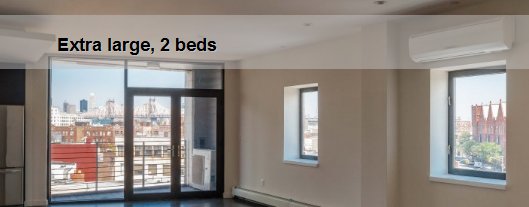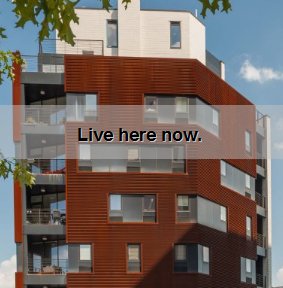NYC thinks it’s found a way to speed up traffic in midtown
Photo credit: Getty Images
The city thinks it has found a solution to speeding up gridlock in midtown.
Transportation Commissioner Janette Sadik-Khan said the agency is expanding a program called “Midtown in Motion” that uses cameras and sensors to improve traffic flow in real-time. Engineers at the department’s Long Island City office then adjust traffic lights wherever there are bottlenecks.
“When midtown moves, New York City moves,” Sadik-Khan said Tuesday. “While every New Yorker talks about beating the traffic, by extending Midtown in Motion and speeding our reaction times to trouble spots, we’ve taken decisive steps toward managing it more effectively.”
Sadik-Khan called the year-old program a success, with cars now getting through midtown 10% faster since its adoption last July.
The department currently relies on 100 sensors, 32 cameras and E-ZPass readers at more than 20 intersections between Second and Sixth avenues and from 42nd to 57th streets. The program’s planned expansion for September will widen its coverage from First to Ninth avenues at a cost of $2.9 million.
Robert Sinclair of AAA’s New York office called the city’s high-tech system “the wave of the future.”
“These kind of electronic systems to help with the congestion situation make a big difference and make sense,” Sinclair said.
But traffic analyst Charles Komanoff said there are better policies the city should be pursuing to improve congestion in midtown. He cited a congestion pricing plan, which would tax drivers who drove through midtown, and curbside parking reform, which would jack up street parking prices to free up spots and cut down on people circling blocks looking for a spot to leave their car.
“The advantage of those two things is that they both raise revenue and they do it not in the kind of arbitrary way of hitting people with tickets, but in a way that drivers can plan for and plan around,” Komanoff said, adding that both initiatives would make more of an impact than the high-tech one, which he called “tinkering.”
“Congestion pricing is Babe Ruth and curbside pricing reform is Derek Jeter,” Komanoff said. “This tinkering is a guy that never should have gotten out of the minor leagues.”
Drivers yesterday said they are open to anything that will cut down on their commute.
Stephen Ryan, a court officer from the Bronx, said he spends up to two hours in the morning in his car, between dropping his wife off in midtown and getting to court downtown.
“Every rush hour up the West Side Highway is terrible,” Ryan, 54, said.
He said he was looking forward to the city’s expanded plan. “If it works, then it would definitely help me,” Ryan said. “Every little bit helps.”

